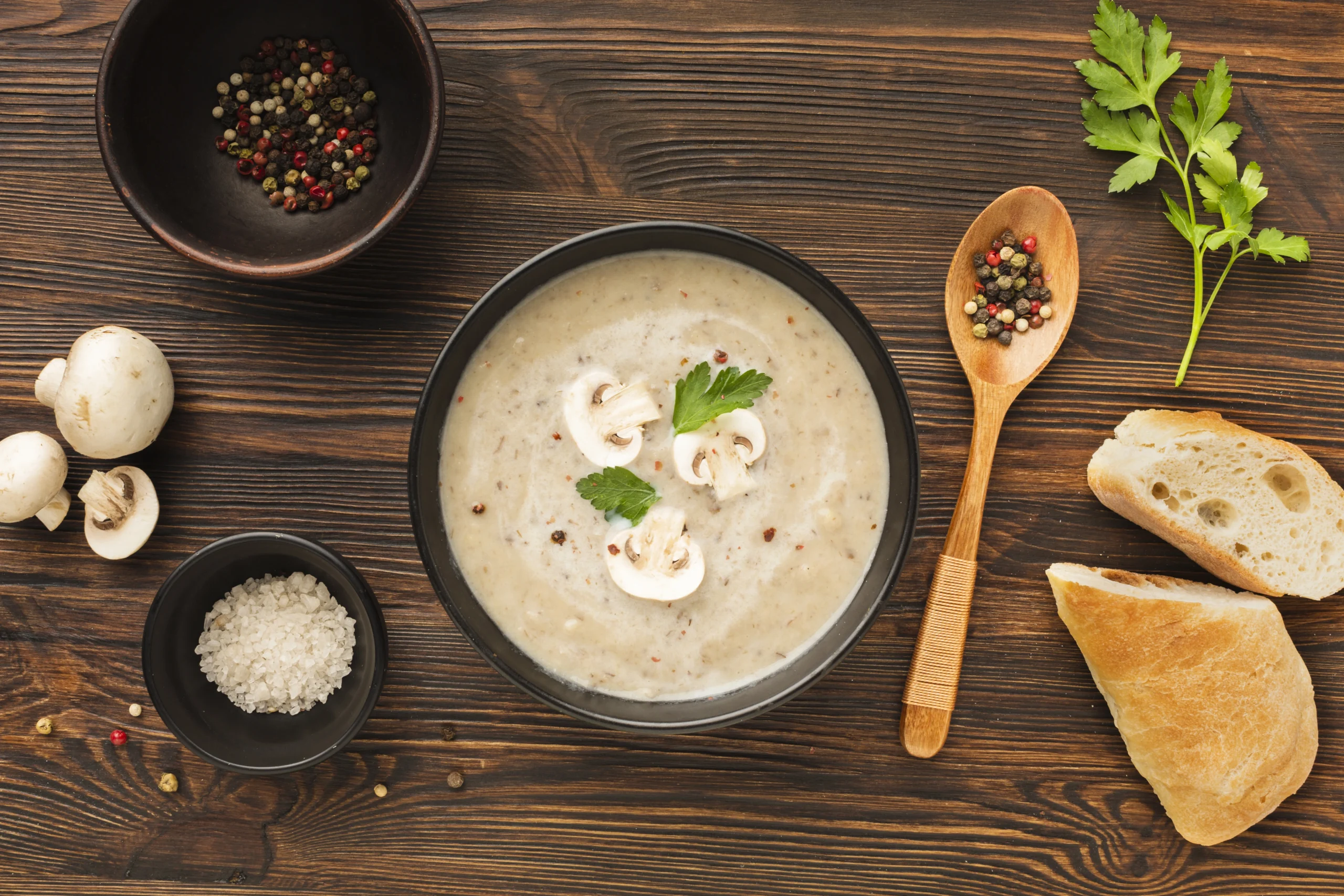
Embark on a delightful journey into the world of Indian desserts with our feature on Kaddu Ki Kheer, a traditional and soul-soothing delicacy. This unique dessert, originating from North India, beautifully combines the natural sweetness of pumpkin with the richness of milk and aromatic spices. Kaddu Ki Kheer, also known as Pumpkin Kheer, is not just a recipe; it’s a celebration of the harvest season and a testament to the culinary creativity that transforms humble ingredients into a sweet symphony. Join us in exploring the intricacies of crafting this delectable treat that graces festive tables and family gatherings alike.
The Essence of Kaddu Ki Kheer:
Kaddu Ki Kheer is a culinary gem that captures the essence of Indian traditions. The dish, featuring pumpkin as its star ingredient, is a celebration of simplicity and ingenuity in the kitchen. As the aroma of simmering pumpkin, milk, and spices fills the air, Kaddu Ki Kheer becomes a testament to the warmth and comfort found in Indian sweets. Often prepared during festivals, weddings, and special occasions, this dessert brings families together to savor the richness of tradition and the delightful taste of a well-crafted Kheer.
Ingredients for Culinary Excellence:
To embark on the journey of creating the perfect Kaddu Ki Kheer, gather the following ingredients:
- 2 cups of grated pumpkin (kaddu)
- 1 liter full-fat milk
- 1 cup sugar (adjust to taste)
- 1/2 cup basmati rice, washed
- A handful of chopped nuts (almonds, cashews, pistachios)
- 1/2 teaspoon cardamom powder
- A pinch of saffron strands, soaked in warm milk
- Ghee (clarified butter) for roasting nuts
- Dried rose petals for garnish (optional)
Crafting the Perfect Kaddu Ki Kheer:
Step 1: Preparing the Pumpkin
Begin the culinary adventure by grating the pumpkin finely. This forms the foundation of the Kaddu Ki Kheer and contributes to its smooth and velvety texture.
Step 2: Simmering the Pumpkin
In a deep pan, combine the grated pumpkin and milk, bringing the mixture to a gentle simmer. Stir occasionally to prevent the milk from sticking to the bottom, allowing the pumpkin to absorb the richness.
Step 3: Adding the Basmati Rice
Introduce washed basmati rice to the pan, allowing it to cook along with the pumpkin and milk. The rice contributes to the thickness and creaminess of the Kaddu Ki Kheer.
Step 4: Sweetening the Symphony
Add sugar to the mixture, adjusting according to your sweetness preference. Allow the sugar to dissolve completely, infusing the Kheer with its delightful sweetness.
Step 5: Roasting Nuts and Infusing Aromatics
In a separate pan, roast chopped nuts in ghee until golden brown. Add these roasted nuts, cardamom powder, and saffron-soaked milk to the simmering Kaddu Ki Kheer, creating an aromatic infusion.
Step 6: Garnishing with Elegance
Finish off the Kaddu Ki Kheer by garnishing it with dried rose petals, if desired. This optional touch adds visual appeal and a hint of floral fragrance to the dessert.
Tips for Perfection:
- Pumpkin Selection:
- Choose a sweet and flavorful pumpkin for the Kheer, ensuring it enhances the overall taste of the dessert.
- Consistent Stirring:
- Stir the Kaddu Ki Kheer regularly to prevent the milk from sticking and ensure a smooth, creamy texture.
- Nuts Roasting Precision:
- Roast the nuts in ghee until they achieve a golden-brown hue, imparting a rich flavor to the dessert.
- Saffron Soaking Technique:
- Soak saffron strands in warm milk before adding them to the Kheer to maximize their color and fragrance.
- Optional Garnish Choices:
- Customize the garnish according to your preference; dried rose petals, chopped nuts, or edible silver leaf are popular choices.
Serving Suggestions and Variations:
Kaddu Ki Kheer can be served warm or chilled, making it a versatile dessert for different seasons and occasions. For a festive touch, consider garnishing with edible silver leaf or a sprinkle of gold dust. Experiment with variations by adding a hint of nutmeg or incorporating condensed milk for added richness. Serve this delectable Kheer in traditional earthenware or elegant dessert bowls to enhance the visual appeal and elevate the overall dining experience.
By seamlessly integrating these tips into your blog, you’ll not only share a mouthwatering Kaddu Ki Kheer recipe but also enhance your blog’s visibility and engagement. Happy blogging!

Great article and right to the point. I don’t know if this is really
the best place to ask but do you people have any thoughts
on where to employ some professional writers?
Thank you 🙂 Escape rooms hub